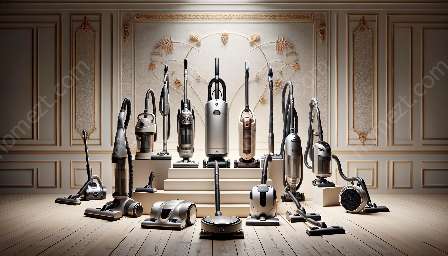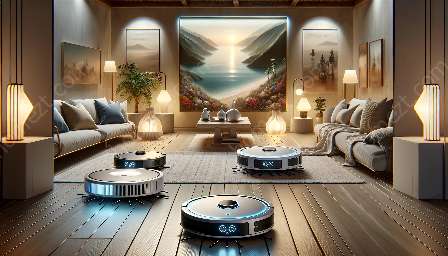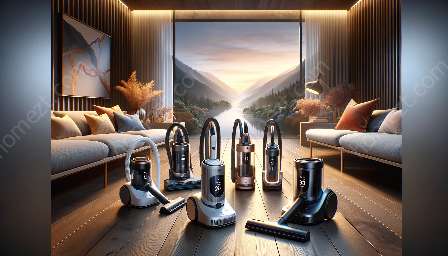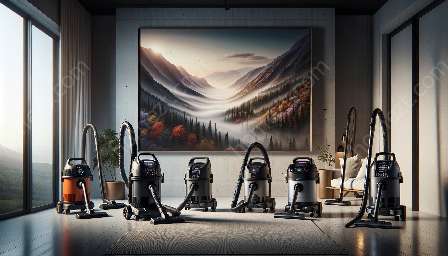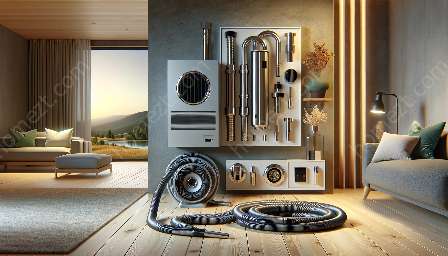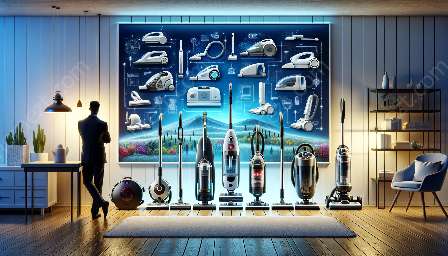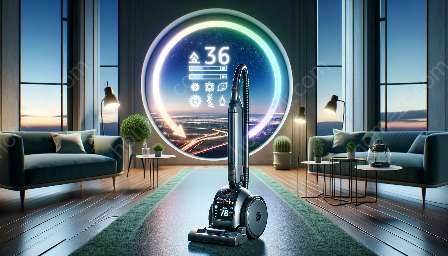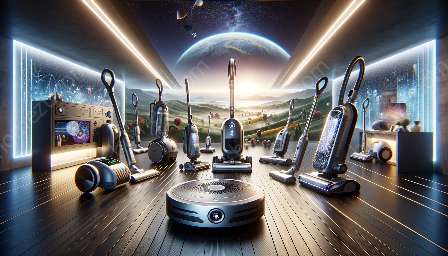Have you ever dreamed of a clean home without having to lift a finger? With the rise of robotic vacuum cleaners, this dream has become a reality. Robotic vacuum cleaners are revolutionizing the way we clean our homes, offering convenience, efficiency, and advanced technology that traditional vacuum cleaners can't match. In this comprehensive article, we'll explore the innovative world of robotic vacuum cleaners, comparing them to their traditional counterparts and highlighting their benefits, features, and impact on the cleaning industry.
The Evolution of Vacuum Cleaners
Vacuum cleaners have come a long way since their invention in the early 20th century. Traditional vacuum cleaners have been a staple in households for decades, using suction and brushes to remove dirt and debris from floors. While effective, they require manual operation, which can be time-consuming and physically demanding.
Enter robotic vacuum cleaners, also known as robovacs. These autonomous cleaning devices are equipped with intelligent sensors, advanced navigation systems, and powerful suction capabilities, allowing them to automatically clean floors without human intervention. Robotic vacuum cleaners have quickly gained popularity due to their hands-free operation and ability to navigate through various floor surfaces and tight spaces with ease.
How Robotic Vacuum Cleaners Work
Robotic vacuum cleaners operate using a combination of sensors, motorized brushes, and suction mechanisms to effectively clean floors. Equipped with infrared sensors, laser mapping technology, and cliff sensors, these devices can detect obstacles, map out room layouts, and avoid falls down stairs or other drops. Additionally, many robotic vacuum cleaners utilize Wi-Fi connectivity and mobile apps, allowing users to control and schedule cleaning sessions remotely.
Most robotic vacuum cleaners employ a systematic cleaning pattern, moving in a back-and-forth or spiral motion to ensure thorough coverage of the floor. Some models feature advanced mapping capabilities, enabling them to remember room layouts and create efficient cleaning paths for future use. With their compact size and low profile, robotic vacuum cleaners can reach under furniture and into tight spaces that traditional vacuum cleaners may struggle to access.
Comparing Robotic Vacuum Cleaners to Traditional Vacuum Cleaners
Robotic vacuum cleaners offer several advantages over traditional vacuum cleaners. While traditional models require manual operation, robotic vacuum cleaners are fully autonomous, allowing users to set them to clean on a schedule or operate them remotely via a smartphone app. This hands-free approach saves time and effort, making it convenient for busy individuals.
Furthermore, robotic vacuum cleaners excel in navigating through complex environments, adapting to different floor surfaces, and avoiding obstacles. Their intelligent sensors and mapping capabilities enable them to clean efficiently without getting stuck or causing damage to furniture or walls. Traditional vacuum cleaners, on the other hand, rely heavily on manual maneuvering and may struggle to clean hard-to-reach areas effectively.
When it comes to energy efficiency, robotic vacuum cleaners have an edge over traditional models. Many robotic vacuum cleaners use advanced battery technology and smart charging capabilities, allowing them to recharge automatically and resume cleaning without user intervention. Some models can even return to their charging dock when their battery is low, ensuring continuous cleaning sessions without interruption.
The Impact of Robotic Vacuum Cleaners on the Cleaning Industry
Robotic vacuum cleaners are shaping the future of the cleaning industry by providing innovative solutions for both residential and commercial settings. Their ability to automate floor cleaning tasks has led to increased efficiency and productivity, freeing up time for individuals to focus on other activities. In commercial environments, robotic vacuum cleaners offer cost-effective maintenance solutions, reducing the need for manual labor and streamlining cleaning operations.
As technology continues to advance, robotic vacuum cleaners are likely to become even more sophisticated, incorporating artificial intelligence and machine learning to improve their cleaning performance and adaptability. With the growing demand for smart home devices, robotic vacuum cleaners are expected to become an essential part of modern households, offering unparalleled convenience and cleanliness.
In Conclusion
Robotic vacuum cleaners have undoubtedly transformed the way we approach cleaning, offering a seamless and efficient solution for maintaining clean floors. From their advanced navigation and cleaning capabilities to their impact on the cleaning industry as a whole, robotic vacuum cleaners have earned their place as a revolutionary cleaning technology. As the adoption of robotic vacuum cleaners continues to rise, they are set to redefine the standard for household and commercial cleaning, making the once-dreaded chore of vacuuming a thing of the past.

